
Modern Crafts: Nine Finalists for LOEWE Craft Prize
This February, Loewe Foundation announced the shortlist of 29 craftsmen competing for LOEWE Craft Prize this year. On June 26 – July 22, Tokyo will host the major show exhibiting the works by this distinguished artisans balancing on the edge between craft, design and modern art. So today we decided to tell you about nine works from Loewe shortlist – one item from each nomination, and, of course, about the Loewe Prize itself.
IThe LOEWE FOUNDATION was established as a private cultural Foundation in 1988 by Enrique Loewe Lynch, a fourth-generation member of LOEWE’s founding family. LOEWE company was founded in 1846 , when a group of leather craftsmen came together to open a small shop, then the company focused on fashionable apparel for men and women, and only in 1972, the brand introduced its first fragrance, which was the turning point in the company’s history, since today the LOEWE name is primary associated with perfume. Whatever the case, the crafts have always been highly important for company throughout the entire history of its existence Today, under the direction of his daughter Sheila Loewe, the LOEWE Foundation continues to promote creativity, support educational programs and safeguard heritage in the fields of poetry, dance, photography, art and craft. The Foundation was awarded the Gold Medal for Merit in the Fine Arts, the highest honor granted by the Spanish Government, in 2002. In 2016, LOEWE established the annual award, LOEWE Craft Prize, intended to acknowledge the importance of craft in today’s culture and recognize working artists whose talent, vision and will to innovate promise to set a new standard for the future. “Imagination and technical accomplishments of contestants emphasize the crucial role of craftsmen in continuous development of cultural heritage” – LOEWE’s Creative Director, John Anderson says.
The applications for participation in LOEWE Craft Prize 2019 will be accepted starting from June. The contest finalists will participate in the exhibition in Tokyo, and the single winner will be awarded with the price of EUR 50 000. The contestants must be at least1 8 years old and must work in the applied arts flied, such as ceramic, bookbinding, enameling, jewelry art, paintwork, metalwork, woodwork, leatherwork, work with textile, glass or paper. Sure enough, the pieces must be unique and not intended for mass-market production.
Nine finalists for LOEWE Craft Prize
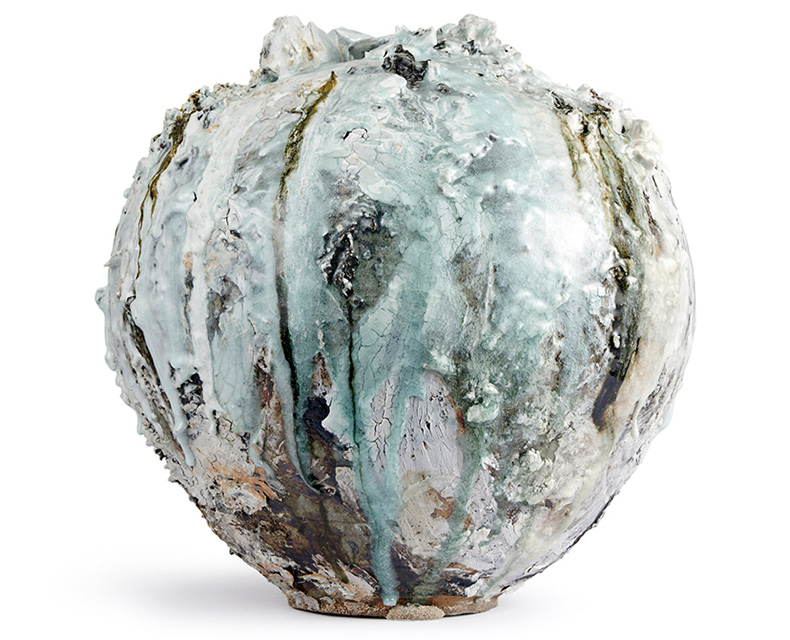
Ceramics
This jay by Akiko Hirai (United Kingdom) is made of stoneware, porcelain, wood ash, white feldspatic glazeз. An expressive and energized, this piece shows an understanding and respect for the heritage of ceramics further reimagined with a highly personal approach to the ancient technologies.

Metal
The forged steel sculpture by Junko Mori (United Kingdom) literally looks alive, demonstrating a tremendous commitment to detail and many hours of precise work. Mori created the sculpture from thousands of steel components put together piece by piece in a repetitive act that allows for accident and creativity as the work grows from small to large and vigorous object almost like a mutation.
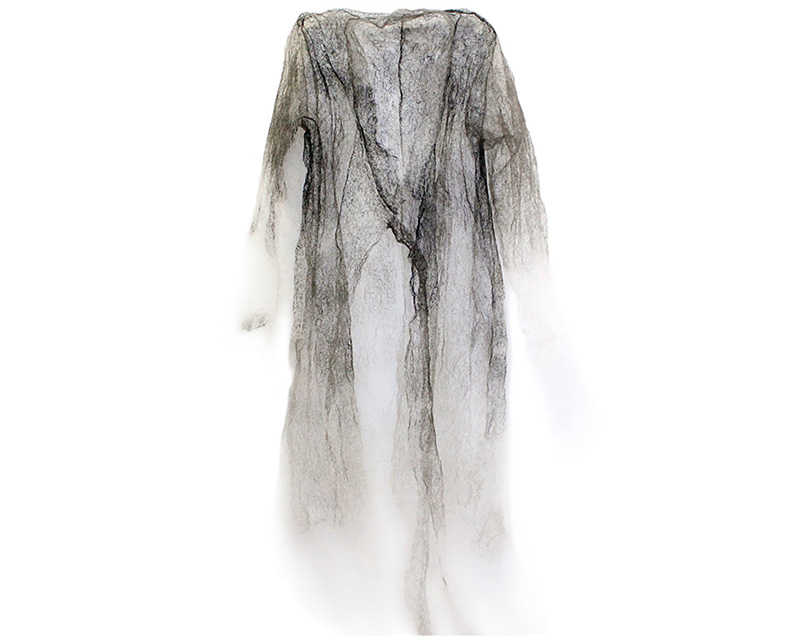
Textile
The weightless dress by Minhee Kim (South Korea) is weaved from monofilament. This ghostly and fragile piece is the funeral clothes for women that obviously symbolizes the fragility of human life.
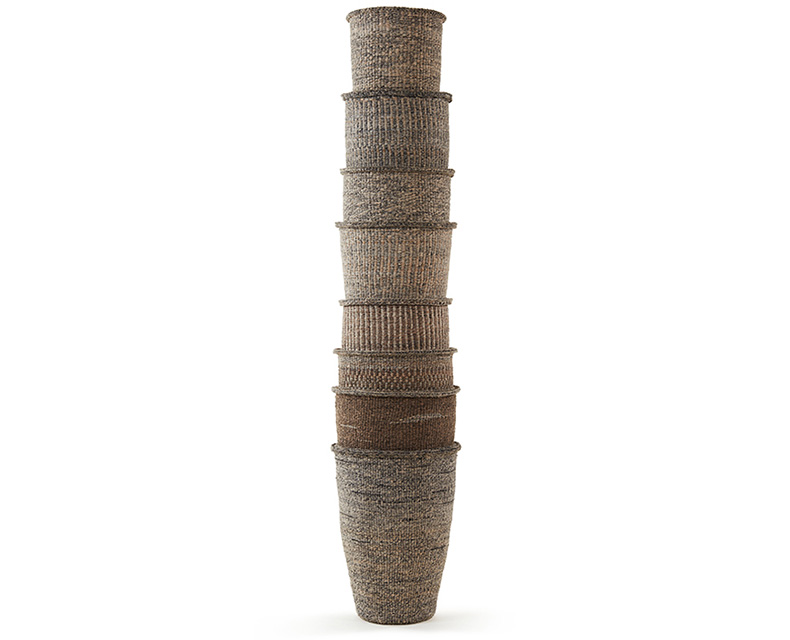
Paper
Carefully constructed from paper, these baskets by Youngsoon Lee (South Korea) resemble the vessels used to collect shrimp but it is in her mode of display that their form becomes compelling – stacked on top of one another as if to create her own version of a Brancusi column. The poverty of material and color is countered by their scale, creating a work that speaks not only of the everyday but also on a more profound level.
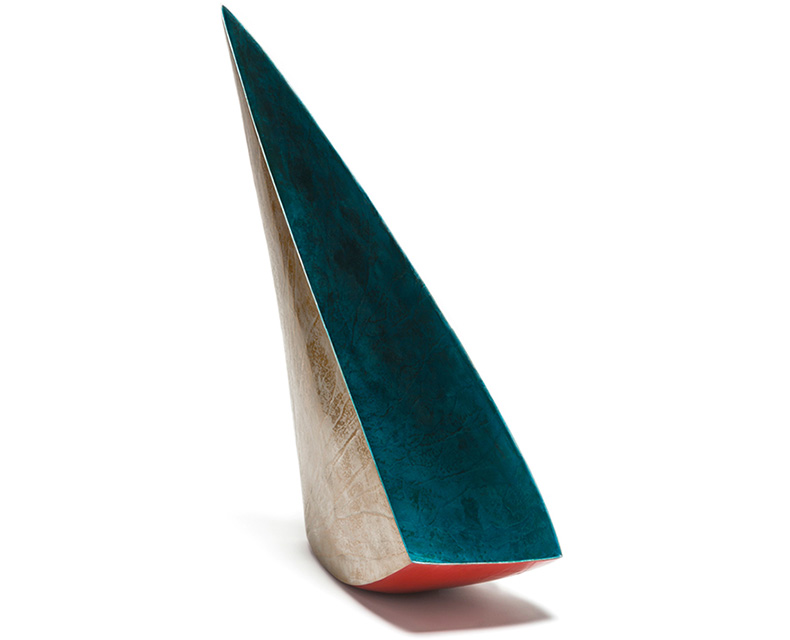
Lacquer
Employing the traditional Japanese lacquer technique of urushi, Masanori Nishikawa (Japan) evolves an ancient technique to achieve a contemporary result relevant within the context of time.
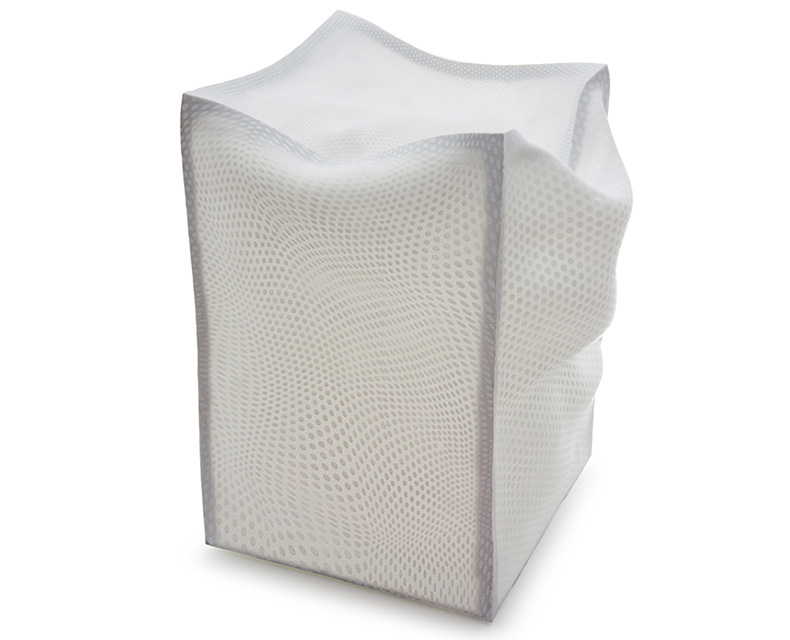
Glass
Consisting of blown glass, the vase by Sachi Fujikake (Japan) is teetering on the brink of disintegration, defing convention in their lightness of touch. The title of the work, ‘Vestige’, which means ‘the remnants’ or ‘a rudiment’, explicitly references this technique, with the work betraying ‘vestiges’ of its previous incarnation. According to Jury, new life is literally breathed into the usual material by the artist.
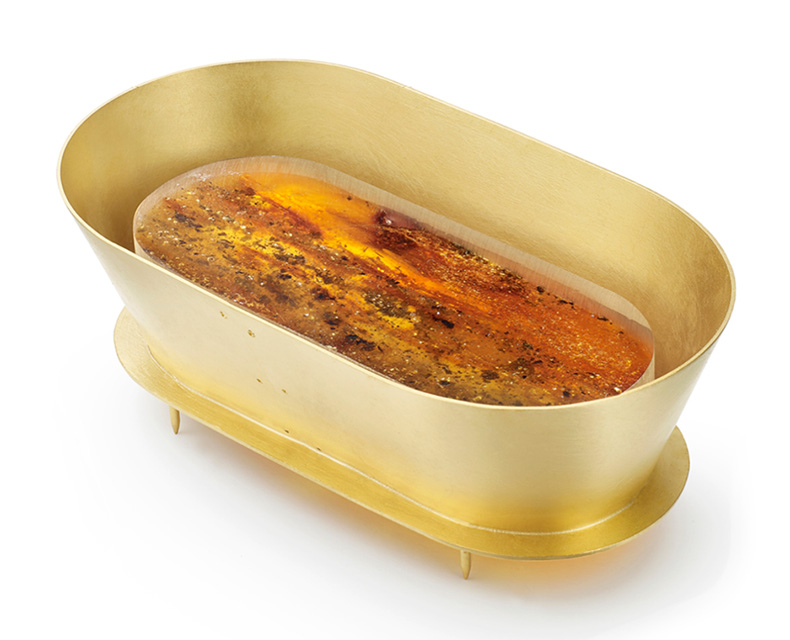
Jewelry
Using the language of minimalism, the work by Ruudt Peters (Netherlands) work asks fundamental questions about transformation, where we come from and how we are alive. Silver and amber are combined in these works to create pieces that could be described as wearable sculpture. The sophisticated visual vocabulary surpasses what would conventionally be described as jewelry and brings form, more usually found in a museum or gallery, to the personal space of the body.
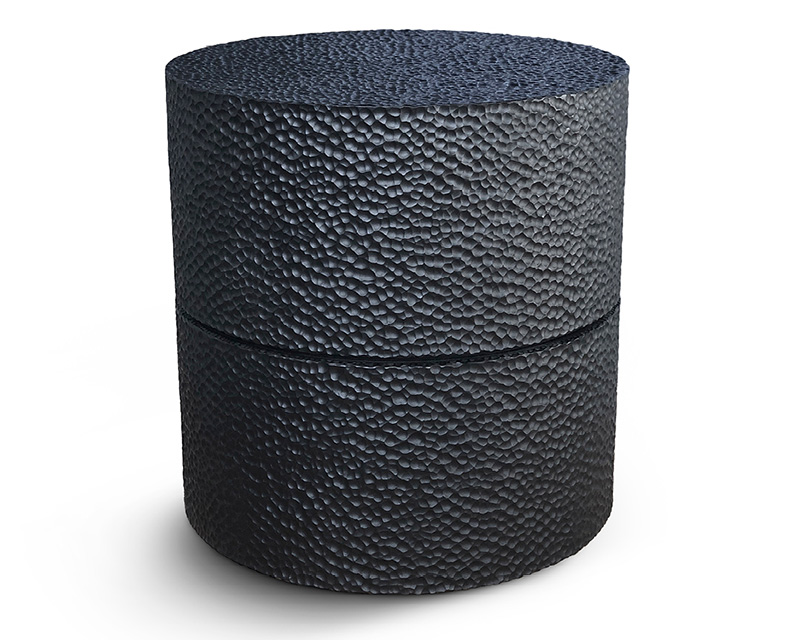
wood
Using traditional techniques, John Eric Byers (United States) pays tribute to the heritage of American furniture makers yet creates work that is resolutely contemporary in its form. The carved Reveal Table si made of blackened, lacquered maple.
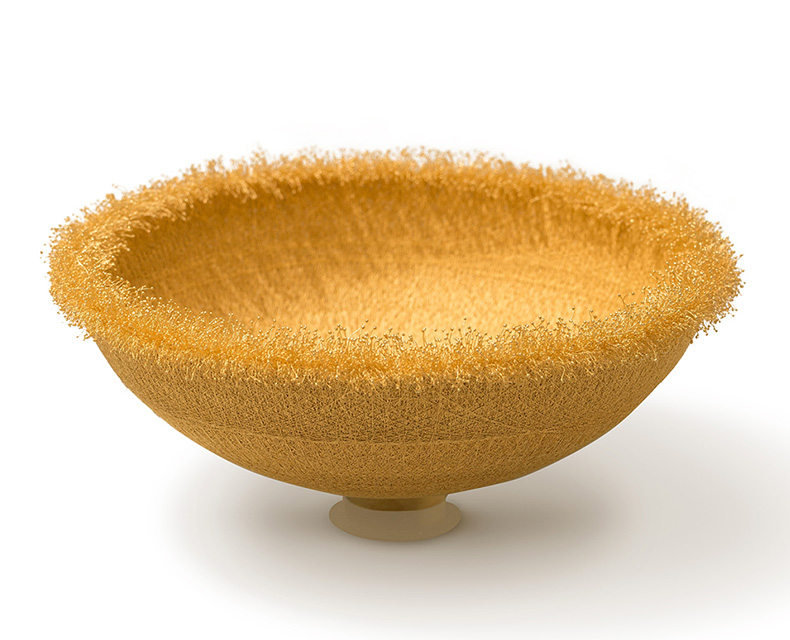
Other
Italian artist, Giovanni Corvaja has created this ethereal and captivating piece employing an extraordinary process developed by the artist, transforming gold into a substance as thin as hair. These gold fibers are then spun together to create a bowl-shaped object. The work presents a marriage of science and craft that is small in scale and humble in form but monumental in achievement and expression of value. The work evokes a sense of mystery, putting ancient ideas of alchemy in dialogue with cutting-edge technology.

